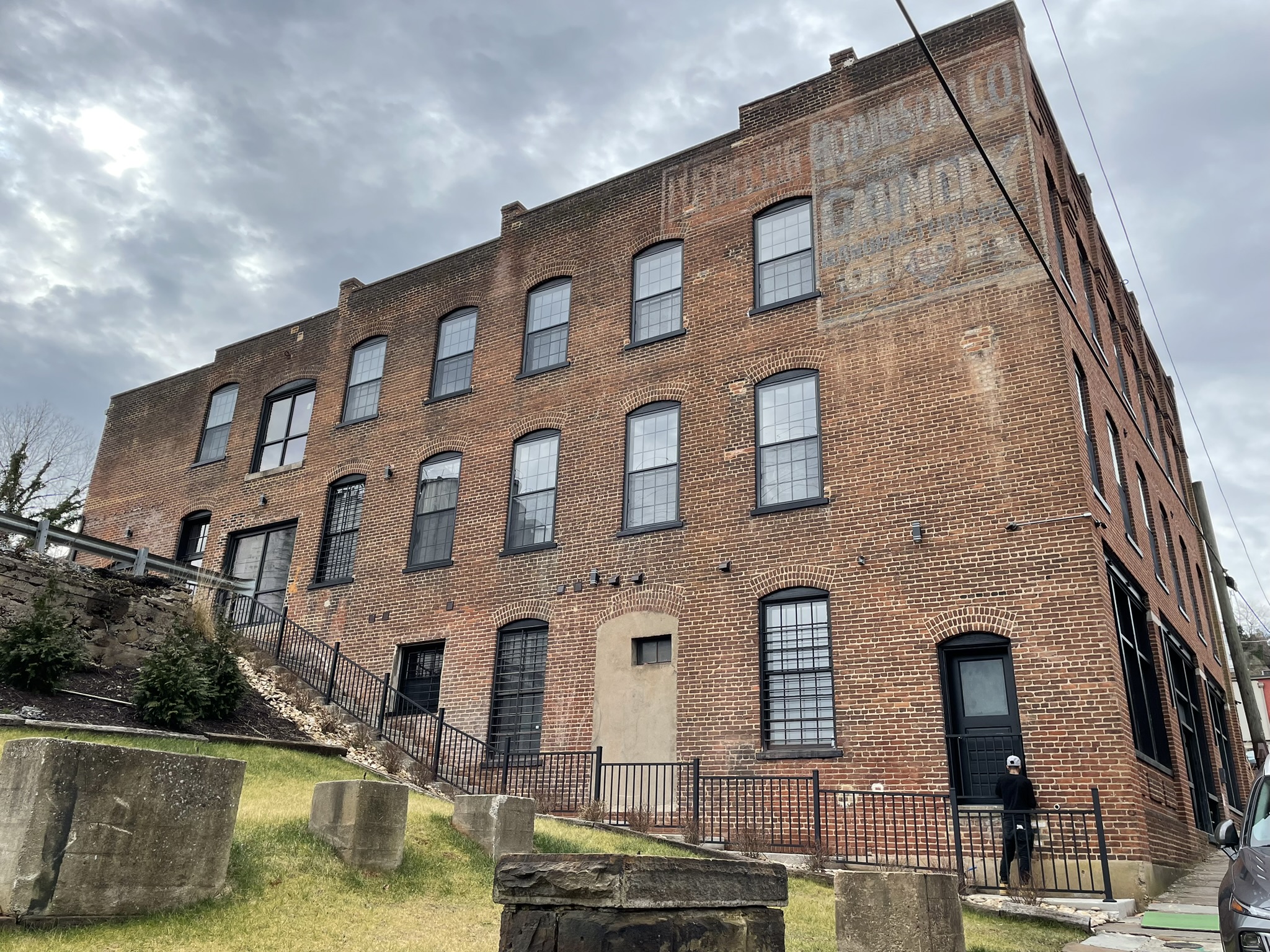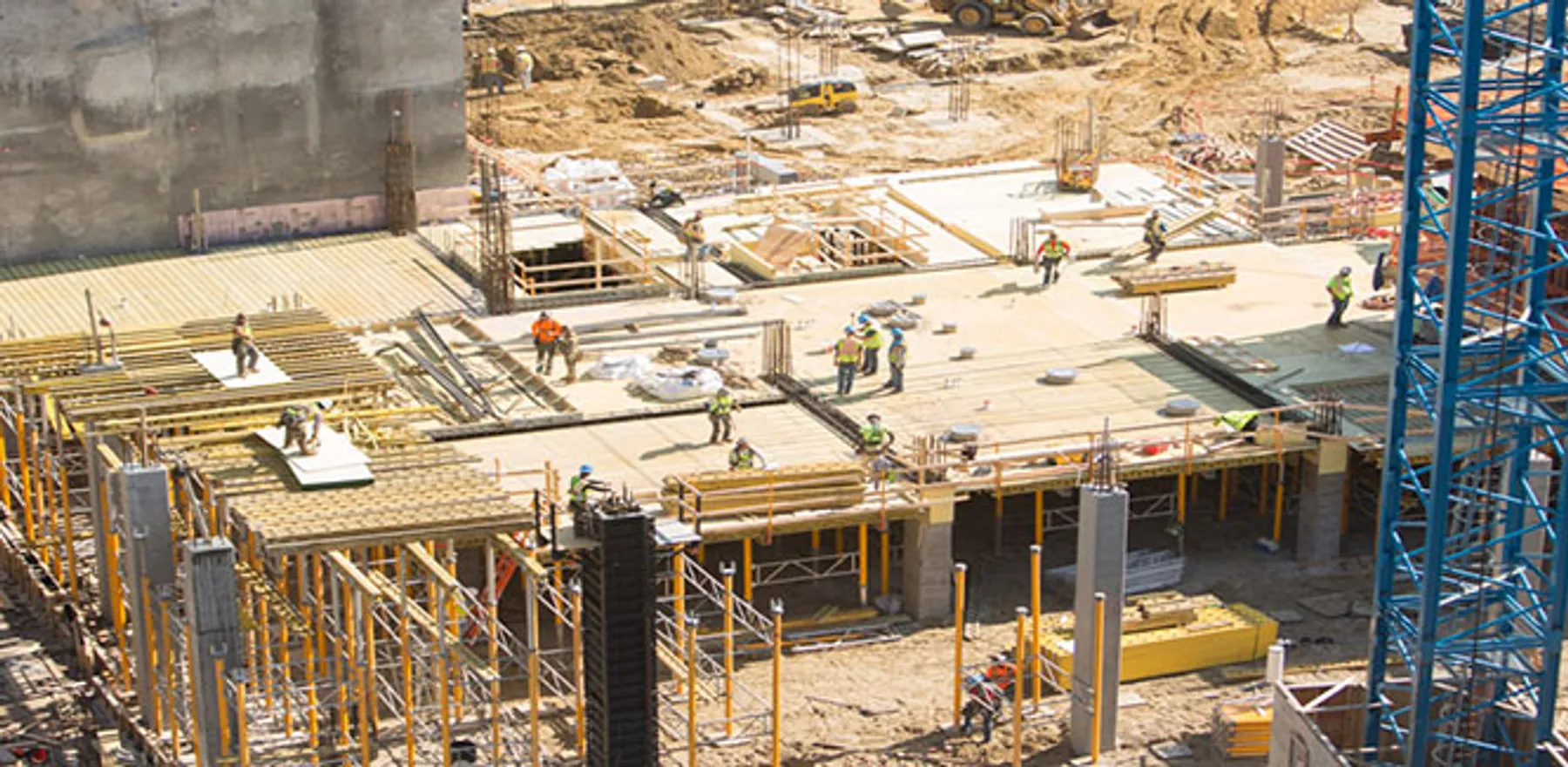Commercial real estate has long been a cornerstone of wealth generation for investors, offering the potential for high returns, diversification, and long-term appreciation. However, with these opportunities come inherent risks that must be carefully evaluated. Understanding and assessing these risks is crucial for making informed decisions that align with your investment goals. This blog post will explore the key factors to consider when assessing risk in commercial real estate investments.
What Are the Benefits of Investing in Commercial Real Estate?
Investing in commercial real estate offers several key benefits that make it an attractive option for many investors:
- Higher Income Potential: Commercial properties generally offer higher rental income compared to residential properties, often due to longer lease terms and multiple tenants.
- Diversification: Commercial real estate can diversify an investment portfolio, reducing overall risk by spreading investments across different asset classes.
- Appreciation: Over time, commercial properties tend to appreciate in value, providing long-term capital gains in addition to rental income.
- Stability and Predictability: Long-term leases with tenants provide a stable and predictable income stream, helping to weather economic fluctuations.
- Tax Benefits: Investors in commercial real estate can take advantage of various tax benefits, including deductions for mortgage interest, property depreciation, and certain operational expenses.
- Inflation Hedge: Real estate often acts as a hedge against inflation, as property values and rental income tend to increase with inflation over time.
- Control and Value-Add Opportunities: Investors have more control over their investments, including the ability to improve the property, increase rental rates, and optimize expenses to enhance profitability.
What Are the Risks Associated With Investing in Commercial Real Estate?
Market Risk
Market risk refers to the possibility of changes in market conditions that could negatively impact the value of a property. Factors such as economic downturns, shifts in local demand, and changes in interest rates can all contribute to market risk. To mitigate this risk, investors should conduct thorough market research, including analyzing economic indicators, employment rates, and demographic trends in the area. Understanding the local market’s supply and demand dynamics can help predict future occupancy rates and rental income, which are critical to a property’s financial performance.
Commercial real estate markets are cyclical, with periods of growth followed by downturns. Market cycle risk involves the possibility that an investment may be made at the peak of the market, only to experience a decline in property values or rental income during a subsequent downturn. To manage market cycle risk, investors should take a long-term view, diversify their portfolio, and consider the timing of their investments relative to the market cycle.
Location Risk
The old adage “location, location, location” holds true in commercial real estate. The location of a property significantly influences its value and potential for income generation. Location risk involves the possibility that changes in the surrounding area—such as increased crime rates, declining neighborhood desirability, or poor infrastructure—could reduce the property’s attractiveness to tenants and buyers. When assessing location risk, investors should consider factors such as proximity to transportation hubs, the quality of local schools, neighborhood development plans, and historical property value trends.
Tenant Risk
Tenant risk is the likelihood that tenants will default on lease agreements or vacate the property, leading to a loss of rental income. This risk is particularly relevant in commercial real estate, where properties are often leased to a small number of tenants, and a single vacancy can significantly impact cash flow. Investors should evaluate the creditworthiness of current and potential tenants, the length and terms of existing leases, and the overall tenant mix. Diversifying the tenant base and favoring tenants with strong financial profiles can help reduce tenant risk.
Financing Risk
Financing risk arises from the reliance on debt to fund commercial real estate investments. Changes in interest rates, loan terms, or the availability of credit can affect an investor’s ability to service debt and meet financial obligations. To mitigate financing risk, investors should carefully consider the terms of their financing, including interest rates, loan-to-value ratios, and repayment schedules. It’s also advisable to explore different financing options and maintain a healthy debt-to-equity ratio to ensure financial stability.
Operational Risk
Operational risk pertains to the day-to-day management and maintenance of the property. Poor management can lead to increased vacancies, higher operating costs, and ultimately, reduced profitability. Assessing operational risk involves evaluating the property management team’s experience and capabilities, the efficiency of maintenance practices, and the quality of the property’s infrastructure and systems. Implementing strong management practices and regularly updating the property can help mitigate operational risks.
Regulatory and Legal Risk
Regulatory and legal risk encompasses the potential for changes in laws, regulations, and zoning requirements that could affect the property’s value or operating conditions. This includes environmental regulations, tax laws, and zoning changes that could limit the use of the property or increase costs. Investors should stay informed about local, state, and federal regulations and consider consulting with legal and tax professionals to understand the potential impact of regulatory changes on their investments.
Environmental Risk
Environmental risk refers to the potential for environmental factors, such as natural disasters, pollution, or contamination, to negatively impact the property. Properties located in areas prone to floods, earthquakes, or other natural disasters are particularly vulnerable. Environmental risk can also include issues related to hazardous materials, such as asbestos or lead paint, which may require costly remediation. Investors should conduct environmental assessments and consider the need for appropriate insurance coverage to mitigate these risks.
Should I Consider Investing in Commercial Real Estate?
Assessing risk in commercial real estate investments is a complex process that requires careful consideration of multiple factors. By thoroughly evaluating market, location, tenant, financing, operational, regulatory, environmental, and market cycle risks, investors can make informed decisions that enhance the likelihood of achieving their investment goals. While no investment is without risk, a disciplined approach to risk assessment can help mitigate potential downsides and position investors for long-term success in the commercial real estate market.
Ultimately, understanding and managing risk is not about avoiding it altogether, but about making strategic decisions that align with your risk tolerance and investment objectives. By doing so, you can navigate the complexities of commercial real estate with confidence and maximize the potential for positive outcomes in your investment portfolio.
By Thomas McCoy




